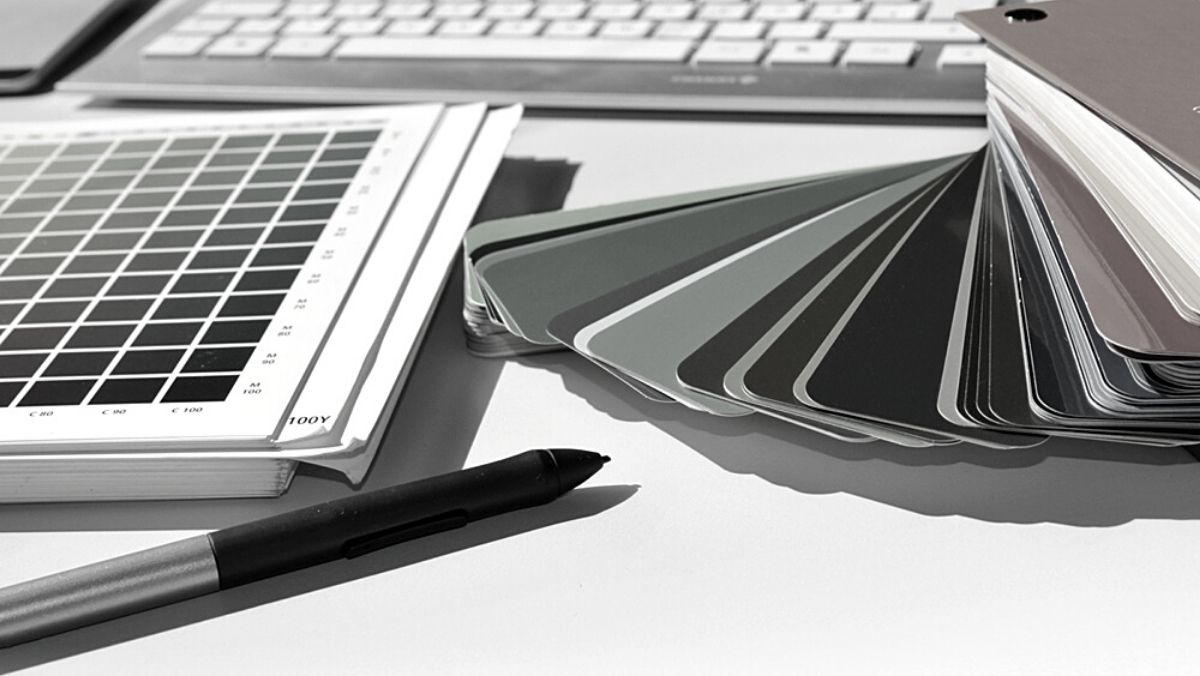
Do tranquil, blue waters leave you feeling peaceful? Does a vibrant red warning sign leave you somewhat alarmed? We are perhaps all aware that the psychology of colour is based upon the mental and emotional triggers they inspire within us however understanding the meaning of colour in business is essential in supporting your company profile.
While developing the narrative behind your brand is of course, a primary concern, research suggests that the design of your logo, and specifically its colour, has more bearing on the opinions of your customer than you might think. The subconscious implications of colour on people’s emotions are far-reaching and understanding your customers associations to certain colours could almost certainly increase the effectiveness of your companies branding methods.
Take a look at these colours associated to some of the world’s largest brands. Do their connections to colour ring true for your own thoughts or feelings toward them?
 Red – a powerful and energetic colour, often perceived as exciting or bold and commonly associated with B2C brands such as Coca Cola and Virgin.
Red – a powerful and energetic colour, often perceived as exciting or bold and commonly associated with B2C brands such as Coca Cola and Virgin.
Orange – seen as confident or offbeat. Brands such as Mozilla and Harley Davidson use Orange to embody their defiant brand values.
Yellow – generally accepted as the most optimistic and warm colour to use in business. It’s used by brands as disparate as Shell to Subway because of its positive connotations.
 Green – often associated with brands wanting to emphasise vitality and growth, such as Tropicana and Spotify. It is also aligned with environmental causes, something energy company BP tried to leverage.
Green – often associated with brands wanting to emphasise vitality and growth, such as Tropicana and Spotify. It is also aligned with environmental causes, something energy company BP tried to leverage.
Blue – a strong colour to use in business as it indicates trust, dependability and honesty. It is especially popular with companies who provide non-tangible products, such as web based technology and financial services providers.
Purple – associated with creativity and imagination. From brands such as confectioners, Cadbury’s to stationary provider, Hallmark, purple is a bold colour choice for a well-defined brand with clear personality and values.
Black – exudes dignity, power and authority. However, if used in excess, it can be perceived as intimidating and unapproachable.
White – a design staple, used by most brands to achieve essential negative space and contrast.
Grey and Silver – used by numerous brands to embody balance, calm and knowledge. Design-centric brands such as Apple use it to great effect as it works well with many colour palettes.
Brown – often associated with comforting and reliable brands. As it’s an earth tone, many brands often use it to emphasise their green credentials.
As you may have noticed while reading these, colour plays a significant role in memory recall, stimulating multiple senses and effectively supporting the way in which a brand best communicates its message.
Although I am unable to offer an easy, clear-cut set of guidelines for selecting colours, I can assure you that the context within which you’re working is an absolutely essential consideration. With this in mind, whether your customer is a visitor to your website or an exhibition delegate wandering through your event space, colour psychology undeniably has an impressive influence upon human emotion and subsequent behaviour.
Mixing colour, science and emotion can be tricky. And while science is teaching designers more every day, it’s also opening up more questions about how we see and feel about colour.
As an experienced designer myself, I am regularly required to balance creativity with functionality and my understanding of colour supports my ability to do so. Remember, the more you experiment and practise design, the better you get – no one creates a masterpiece the first time around. Design is subjective and what evokes a reaction from one, will not evoke a reaction from another; the colour theory is science in itself.